Ever wondered what it would be like to escape the hustle and bustle of city life and retreat into a forest where the biggest problem isn’t traffic, but elephants claiming the right of way? Welcome to Chandaka Dampara Wildlife Sanctuary, where the trees are tall, the air is fresh, and the elephants are definitely not on a diet.
Established in 1982, Chandaka Dampara wasn’t always a wildlife sanctuary. It initially served as a refuge for elephants facing habitat destruction due to urbanisation. Over the years, the area transformed into a thriving wildlife sanctuary, with conservation efforts and initiatives contributing to its prominence. The sanctuary has witnessed several milestones, from anti-poaching measures to increasing community involvement.
Chandaka’s Flora and Fauna

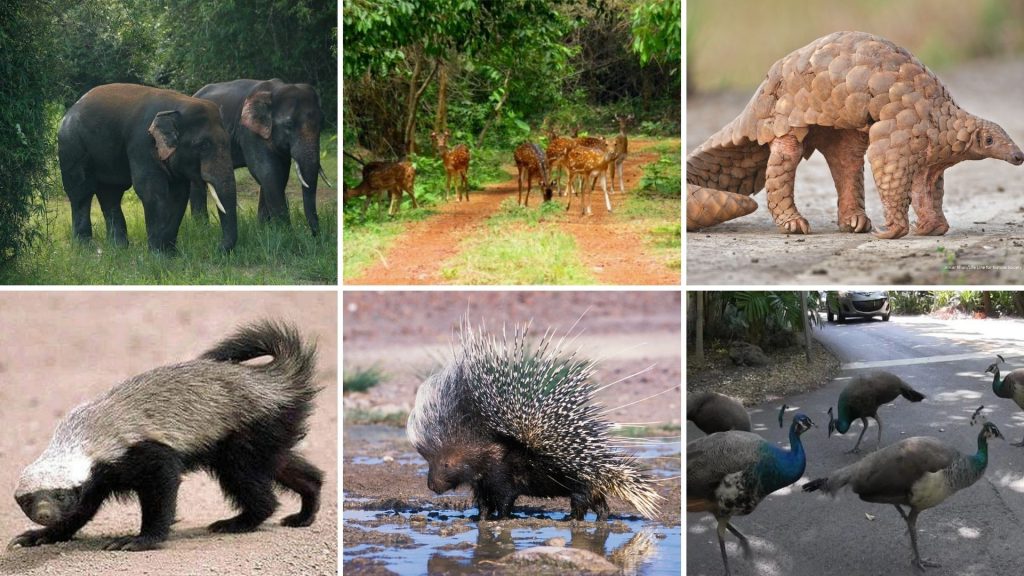
One of the key attractions of Chandaka Dampara is its rich biodiversity. It is home to a diverse range of plants and trees like sal, teak, and bamboo creating a dense canopy.
Originally a Sal forest, it now hosts various medicinal plants like Kochila, Kalicha, and the rare Kangada, which is found only in Odisha. The sanctuary is also rich in trees like Kumbhi and Bora, which are important food sources for the elephants that inhabit the area.
On the fauna side, Chandaka is famous for elephants. It’s known for its significant elephant population, often seen roaming freely in their natural habitat. Besides elephants, the sanctuary is home to spotted deer, peacocks, pangolins, and various reptiles. In winters one can spot a variety of birds, including retirees flocking and colorful butterflies.
Must-Visit Attractions Within Chandaka
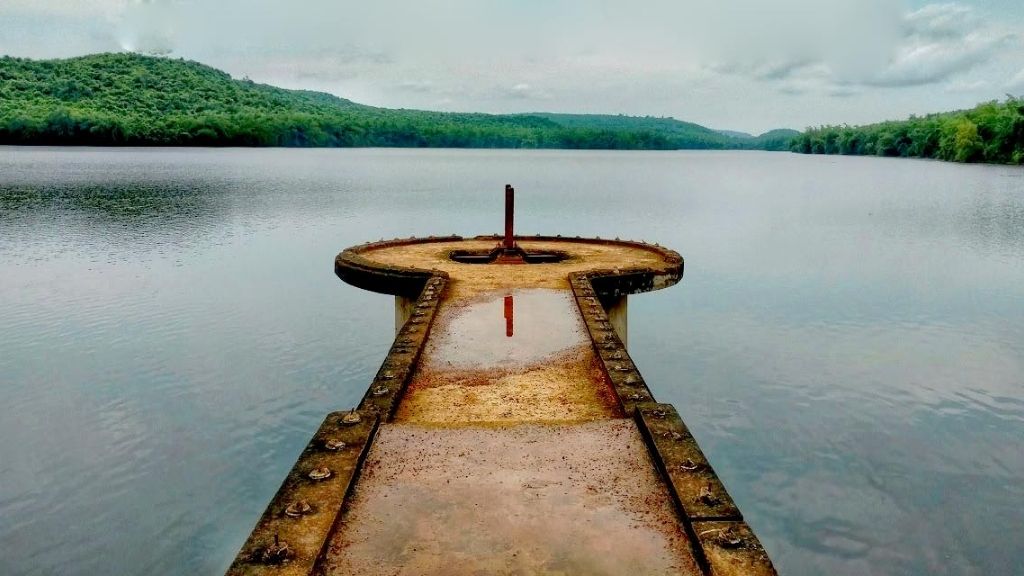

For wildlife enthusiasts, Chandaka Dampara offers more than just elephants.
- Elephant Reserve: The sanctuary’s star attraction, where you can witness these gentle giants in their natural habitat.
- Watchtowers (Ambilo, Kumarkhunti, Deras): These towers provide a great vantage point for spotting wildlife. Bring your binoculars!
- Deras Dam and Jhumka Dam: Popular tourist spots, these dams not only add to the scenic beauty but also serve as excellent places to catch a glimpse of wildlife.
- Eco-tourism and Trekking Trails: For the adventure-loving soul, there are trekking paths that meander through the forests, offering a chance to immerse in nature.
Conservation Efforts: Protecting the Wilderness
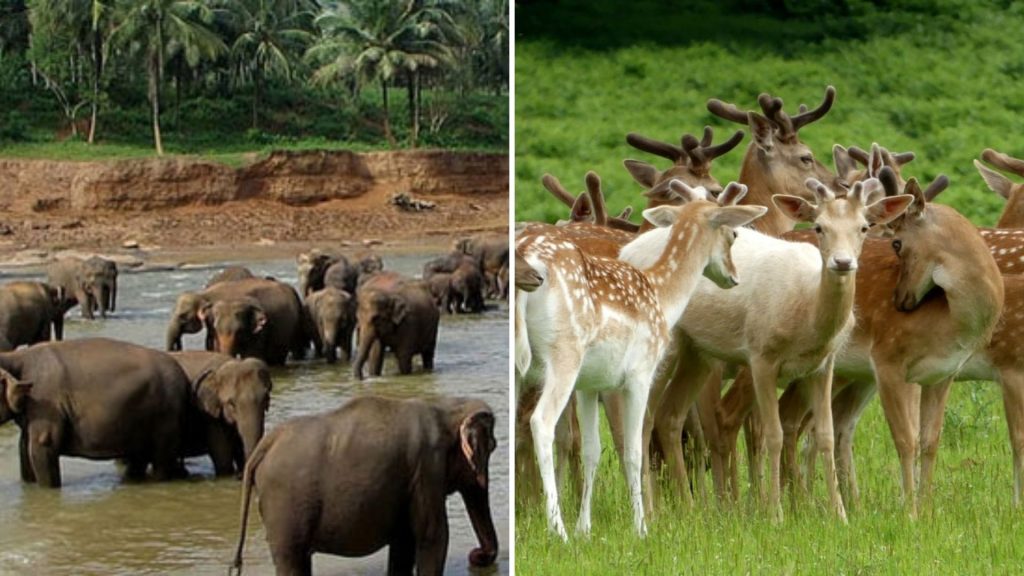
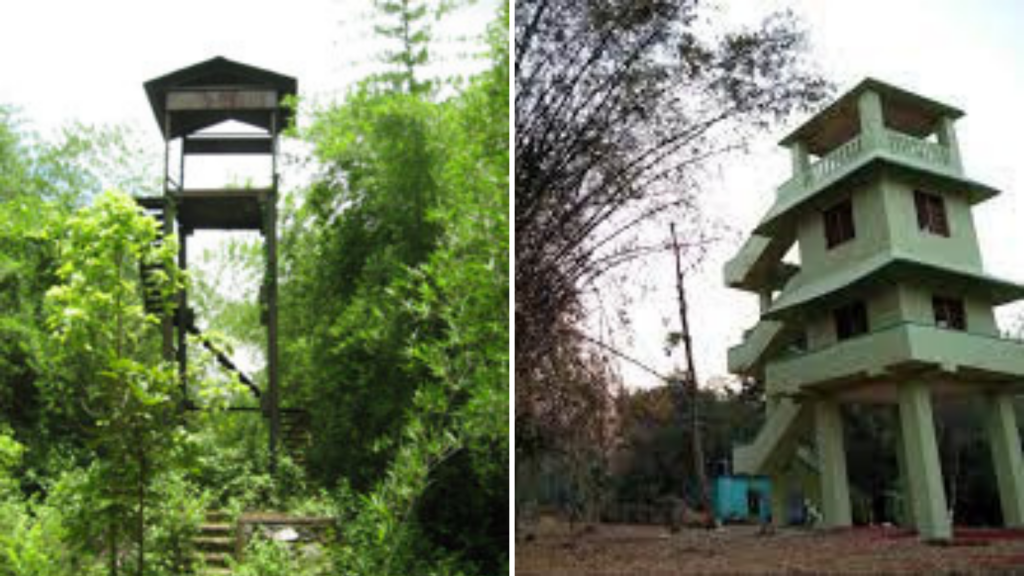
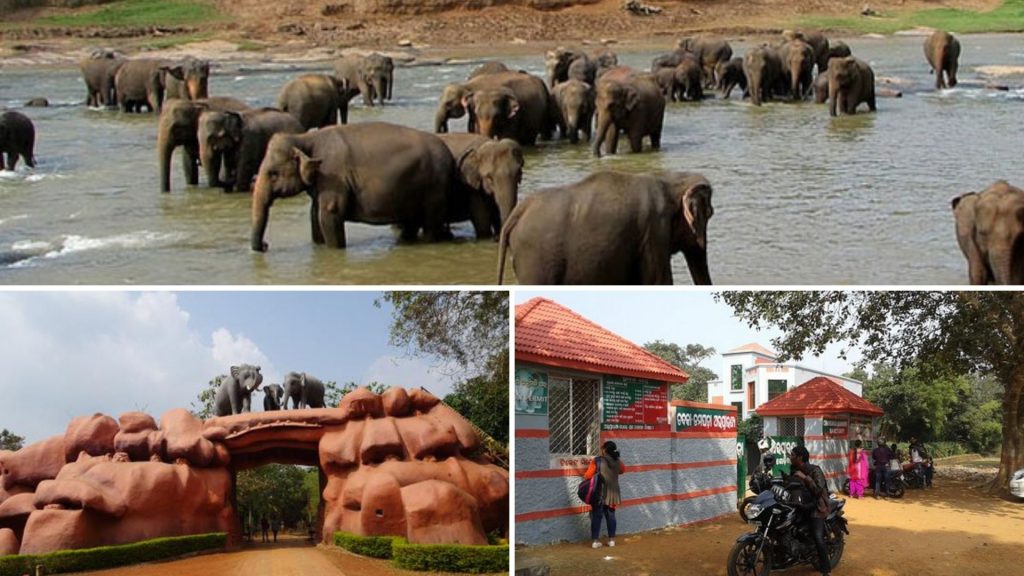
Chandaka Dampara plays a pivotal role in elephant conservation, working tirelessly to preserve their habitat. Anti-poaching measures have been ramped up in recent years, and the forest department works hand-in-hand with local communities to safeguard biodiversity.
Also Visit: Nandankanan, Unique Zoo & Botanical garden, Odisha
Essential Information to Visit Chandaka

Best time to visit: The ideal time to explore Chandaka Dampara is during the winter and post-monsoon months (October to February). The weather is pleasant, and wildlife sightings are more frequent. The summer months can be hot, so plan accordingly.
How to reach:
- By Air: The nearest airport is in Bhubaneswar, about 25 km from the sanctuary.
- By Train: Bhubaneswar railway station is the closest, with several daily trains connecting to major Indian cities.
- By Road: Well-connected roads make it easy to drive or take public transport from Bhubaneswar.
Accommodation: While there are limited options within the sanctuary itself, there are several eco-cottages nearby for a more immersive experience. Alternatively, Bhubaneswar offers a wide range of hotels and guesthouses, catering to various budgets and preferences.
Travel Tips for a Memorable Visit to Chandaka
- What to Carry: Bring water, light snacks, and a good pair of binoculars. Comfortable walking shoes are a must.
- Do’s and Don’ts: Respect the wildlife and keep a safe distance. Avoid littering, and follow the forest department’s guidelines.
- Eco-friendly Visit: Opt for sustainable travel practices, like minimizing plastic usage and supporting local eco-tourism initiatives.
Final Thoughts
Chandaka Dampara Wildlife Sanctuary is a must-visit for nature lovers, offering a tranquil retreat filled with breathtaking landscapes and a diverse range of wildlife. Whether you’re trekking through its dense forests or simply relaxing by its scenic dams, remember to tread lightly and respect the delicate ecosystem that calls this sanctuary home. Pack your bags and experience the untamed beauty of Odisha’s wilderness!
2 Comments